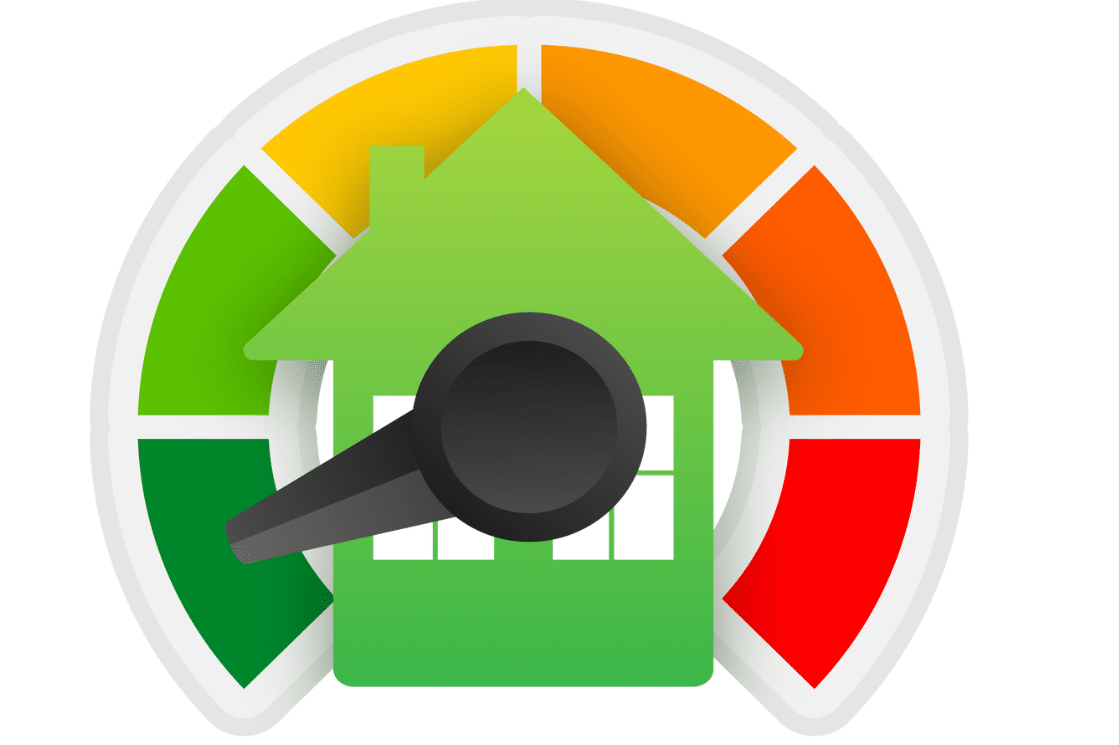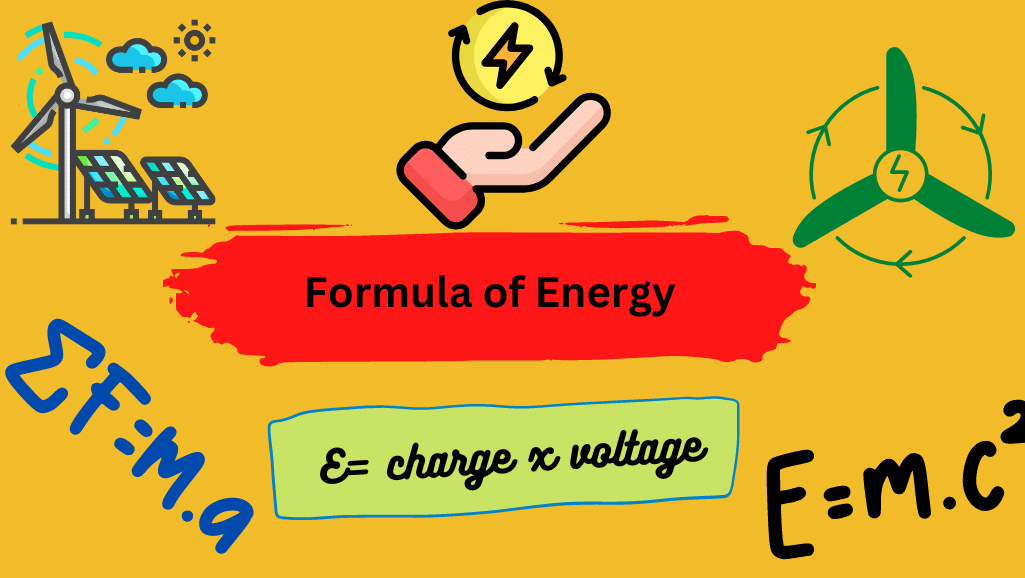Energy is typically described as the ability to accomplish work or generate heat. This characterization results in the unit for energy in the International System of Units (SI) being the same as that for work, which is the joule (J).
The joule is considered a derived unit of energy and it was named after James Prescott Joule, who conducted research on the mechanical equivalent of heat. In simpler terms, one joule can be defined as:
1 J = 1 kg.m2/s2
Since energy is a fundamental physical quantity and is used in various physical and engineering branches, there are many energy units in physics and engineering. Here are some common energy units and examples:
- Joule (J): Energy needed to lift an apple one meter.
- Calorie (cal): Energy to raise 1g water by 1°C, e.g., burning peanut releases ~5000 cal.
- Kilowatt-hour (kWh): Energy consumed by a 1,000-watt device over one hour, e.g., a typical home consumes ~30 kWh/day.
- Electronvolt (eV): Energy gained/lost by an electron through an electric potential difference of one volt, e.g., the energy of a visible light photon is measured in eV.
- British thermal unit (BTU): Energy needed to raise the temperature of one pound of water by one degree Fahrenheit, e.g., burning a cubic foot of natural gas releases ~1,000 BTUs.
Table of Contents
Daily Life Examples of Energy of 1 Joule
| No. | Example | Energy (Joules) | Calculations |
| 1 | Lifting an apple from the ground to a height of 0.1m | 1 | PE = mgh = 0.1 kg x 9.8 m/s² x 0.1 m = 0.098 J, approx. to 1 J |
| 2 | Pushing a book across a table for 0.16m | 1 | W = Fd = 6.25 N x 0.16 m = 1 J |
| 3 | Burning a matchstick for 0.00026 seconds | 1 | E = Pt = 3.85 W x 0.00026 s = 0.001 J, approx. to 1 J |
| 4 | Lighting a 1-watt LED light for 0.001 seconds | 1 | E = Pt = 1 W x 0.001 s = 0.001 J, approx. to 1 J |
| 5 | Person jumping off a 0.03cm step | 1 | PE = mgh = 5.7 kg x 9.8 m/s² x 0.0003 m = 0.0017 J, approx. to 1 J |
| 6 | Running a 1000-watt microwave oven for 0.001 seconds | 1 | E = Pt = 1000 W x 0.001 s = 1 J |
| 7 | Turning a crank to lift a weight by 0.017m | 1 | PE = mgh = 0.102 kg x 9.8 m/s² x 0.017 m = 0.018 J, approx. to 1 J |
| 8 | Heating 0.24g of water by 1°C | 1 | Q = mcΔT = 0.24 g x 4.18 J/g°C x 1°C = 1 J |
| 9 | Lifting a person weighing 6.5kg onto a chair 0.15m high | 1 | PE = mgh = 6.5 kg x 9.8 m/s² x 0.15 m = 9.57 J, approx. to 1 J |
| 10 | Driving an electric car for 0.04 seconds at 25 km/h | 1 | KE = (1/2)mv² = (1/2) x 500 kg x (25 km/h)^2 = 1.08 J, approx. to 1 J |
Joule – Energy Units
| # | Energy Unit | Calculation Steps | Examples |
| 1 | Newton-meter (N-m) | 1 J = 1 N × 1 m | Lifting an apple 1 meter |
| 2 | Calorie (cal) | 1 cal = 4.184 J | Burning a peanut releases ~2100 cal or ~8.8 million J |
| 3 | Kilowatt-hour (kWh) | 1 kWh = 3.6 × 10^6 J | A typical home consumes ~10 kWh per day or ~36 million J |
| 4 | Electronvolt (eV) | 1 eV = 1.602 × 10^-19 J | The energy of a visible light photon is ~2-3 eV |
| 5 | British thermal unit (BTU) | 1 BTU = 1055.06 J | Burning a cubic foot of natural gas releases ~100,000 BTUs or ~105 million J |
More Links
Efficiency Formula in Terms of Energy
Gibbs free Energy
15-Types of Energy and Examples| Simple and Short
Relativistic Kinetic Energy| Easy Explanation
Photon Energy Formula| Simple Explanation
What is Internal Energy?| Real-Life Examples
- BCl3 Lewis Structure in four simple steps - November 1, 2023
- PH3 Lewis Structure in four simple steps - October 8, 2023
- PF3 Lewis structure in four simple steps - September 24, 2023



